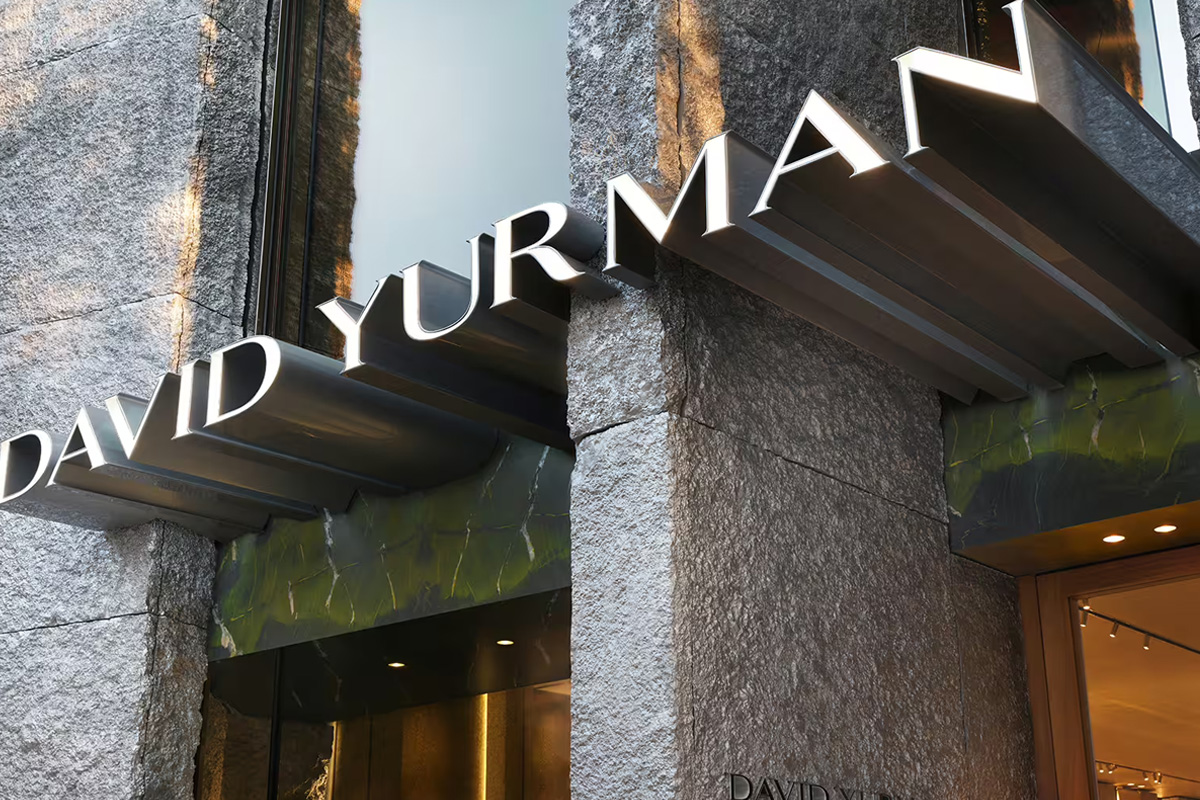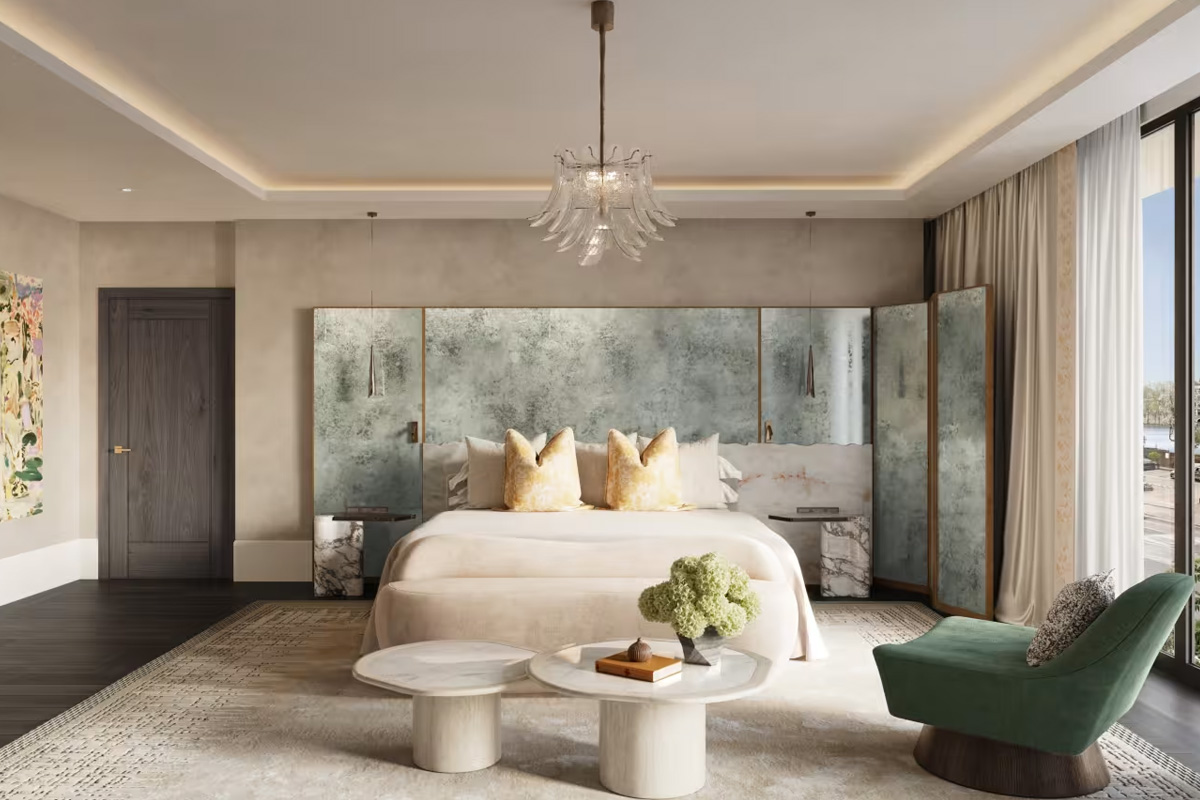Redefining Heritage Zaha Hadid Architects Begins its First Adobe Museum in Diriyah
When Zaha Hadid Architects (ZHA) casts its vision toward a project, the result is rarely ordinary. For an architectural firm synonymous with bold, sinuous forms and futuristic designs, their latest endeavor marks a unique turn inward—not as a departure from innovation, but as a celebration of cultural authenticity and timeless craftsmanship.
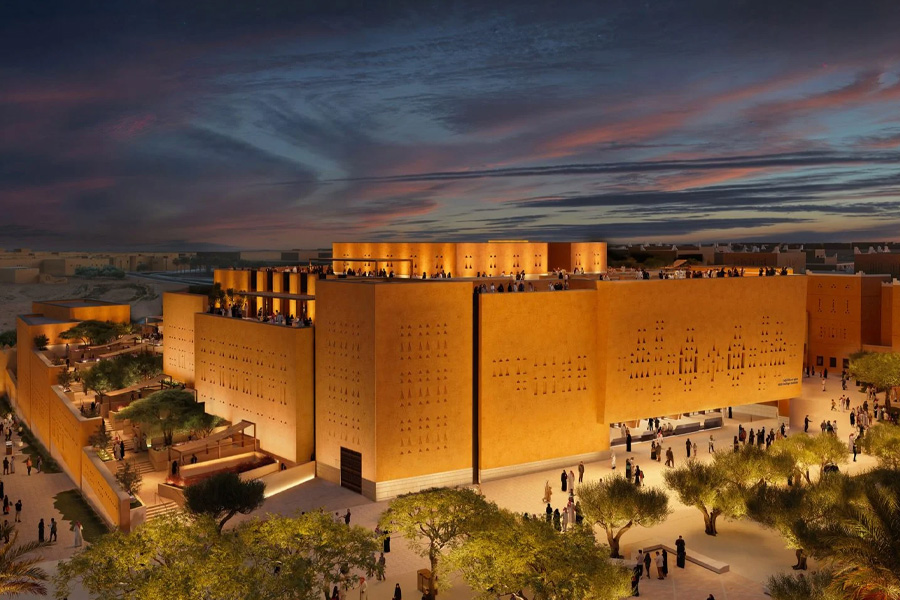
This shift comes to life in Asaan, ZHA’s first-ever adobe-constructed building, a museum nestled in the heart of Saudi Arabia’s Diriyah, a UNESCO World Heritage Site and the cradle of the Saudi state.
Beyond its architectural ambitions, this project is a profound dialogue between modern design sensibility and regional vernacular heritage, offering an unparalleled opportunity for those whose patronage is driven by legacy-building, cultural preservation, and sustainability.
Constructing Identity through Adobe
Adobe, a technique as ancient as history itself, lies at the foundation of the Asaan Museum. For ZHA, it’s a groundbreaking move. This material, composed of clay, water, and organic fibers, carries tradition within every sun-dried brick. Here, restraint is power, and heritage takes center stage.
Unlike ZHA’s characteristic avant-garde expressions, Asaan honors the architectural language of Saudi Arabia’s Najdi culture. Vital to this approach is the material’s natural properties, which contribute to low embodied carbon, passive cooling, and high thermal mass––qualities that perfectly echo the arid landscapes of Diriyah.

The museum’s aesthetics are refreshingly understated. Its geometry carefully mirrors At-Turaif, Diriyah’s historic town and the spiritual and political epicenter of the Saudi state. This design synergy creates an unpretentious elegance, proving that simplicity doesn’t forgo grandeur. Instead, it roots the structure in a rich sense of place.
But Asaan transcends mere brick and mortar. It’s a cultural touchstone, a space designed to preserve and present Saudi artistry through exhibitions, conservation labs, and dynamic programming housed across three sunlit courtyards. Each courtyard reverberates with echoes of Najdi architectural planning, offering shaded sanctuaries for reflection, inspiration, and storytelling.
A Visionary Platform for Legacy and Culture
“Asaan is not just an architectural achievement—it is a cultural statement, designed to connect generations and present Saudi heritage on a global stage,” said Khaled Al-Saqer, the museum’s CEO.
Set apart from other cultural institutions, Asaan leans into the future while anchoring itself in the past. It’s not only a museum but a testament to the evolving narrative of Saudi identity. Its opening will act as a bridge between the region’s deep-rooted legacy and the pulse of contemporary art, design, and innovation.
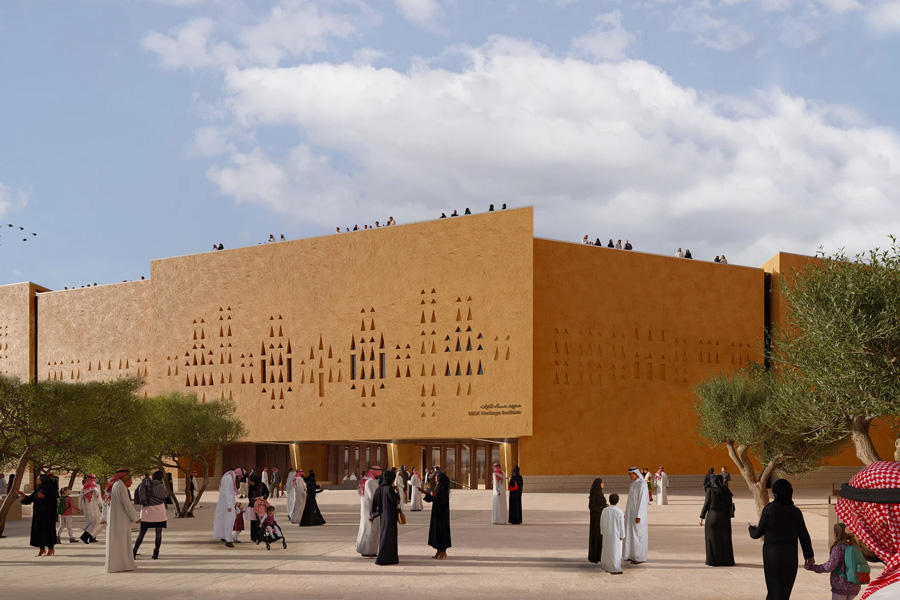
For those drawn to cultural philanthropy and architectural patronage, Asaan represents a masterclass in balance. While ambitious in scale, its focus is unmistakably intimate, catering to the discerning connoisseurs who understand the meaning of legacy and permanence.
Part of a Growing Cultural Renaissance in Diriyah
Diriyah, Saudi Arabia’s meticulously preserved heritage site, is experiencing a renaissance built on the crossroads of historical reverence and modern ambition. Within its boundaries, a growing array of culturally significant landmarks is emerging:
- The Royal Diriyah Opera House, designed by Snøhetta, weaves traditional Najdi elements into one of the region’s most anticipated modern performance spaces.
- Large-scale sporting infrastructures blend athletic excellence with regional architectural identity.
- And now, Asaan, symbolizing both tribute and progression, stands as a beacon for those passionate about meaningful, architectural innovation.
For ultra-high-net-worth visionaries, this convergence of conservation, artistic interpretation, and sustainability creates an unmatched opportunity for investment in culture and place-making.
Why This Matters to a Select Few
To see what Zaha Hadid Architects has achieved here is to recognize an evolution—not just of tools or techniques, but of philosophy. At a time when buildings are often shaped to outshine their surroundings, Asaan stands as a counterpoint. Its ethos is one of humility and deference, drawing its energy not from spectacle but from narrative—from being a vessel for memory and meaning.
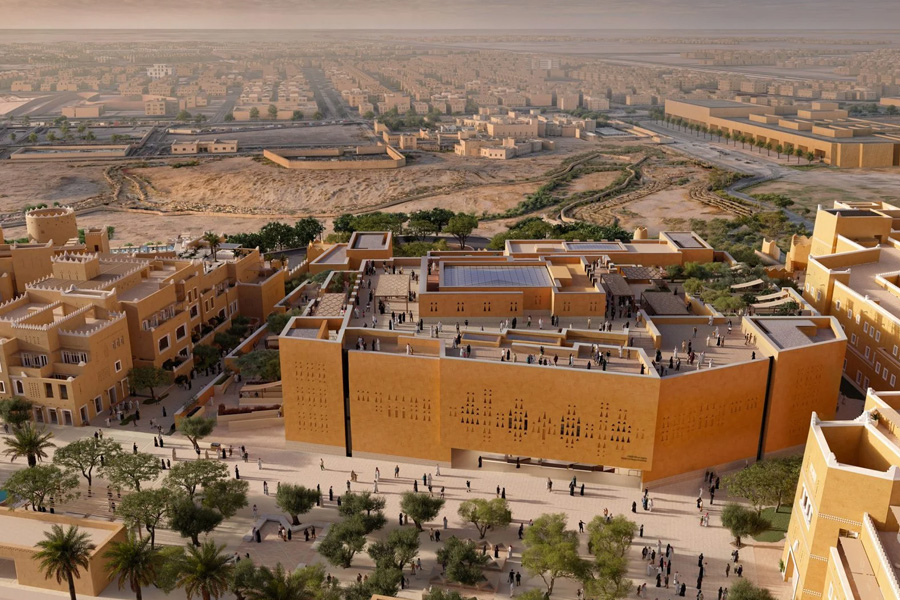
It challenges the modern patron to reflect on what “luxury” really signifies. Is it housed solely in material opulence, or can it also exist in heritage, permanence, and the enduring impact of a structure built with purpose?
Within this adobe museum, there exists an invitation—not loud, not desperate, but quietly resolute. It invites the discerning few to deeper involvement, encouraging them to play a role in curating not just art, but legacy itself.
What’s Next for Diriyah and Beyond
Projects like Asaan, the Misk Heritage Museum, redefine the future of architectural and cultural synergy, seamlessly blending innovation with heritage preservation. Designed by Zaha Hadid Architects, this cultural institution is set within the Diriyah Gate masterplan at the UNESCO World Heritage Site of At-Turaif District, showcasing Saudi heritage and cultural legacy. More than just an adobe building using traditional Najdi architecture and mud brick structures, Asaan aims to foster connections, strengthen pride, and inspire meaningful engagement with history and heritage.
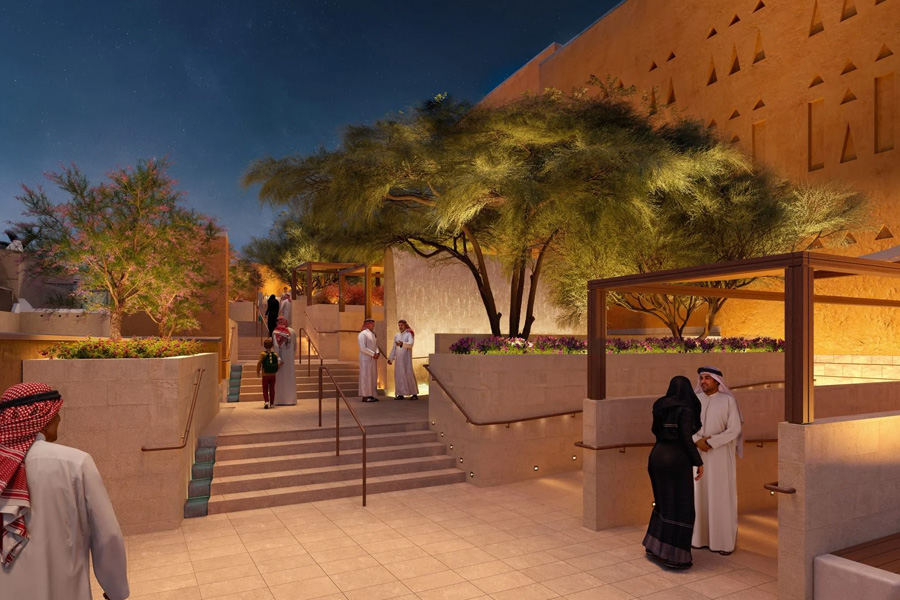
The Asaan Museum is not merely a place to visit but a new cultural institution designed to connect the past with future generations. Featuring interactive exhibitions, curated interactive programs, and immersive experiences, it showcases archaeological artifacts and displays artifacts that celebrate Saudi identity and cultural passion. The museum also includes on-site conservation labs and initiatives aimed at fostering creativity, ensuring long-term care for significant heritage sites.
The architecture of Asaan incorporates traditional Najdi design elements, including three shaded courtyards, high thermal mass walls, and shading devices that act as climatic buffers in the desert climate. These features, along with the use of organic materials, landscaped gardens, and a focus on water conservation and energy efficiency, reduce energy demand while ensuring interior comfort. The addition of rooftop promenades and public plazas invites visitors to foster cultural passion and engage with the surrounding environment.
Zaha Hadid Architects (ZHA) continues to push boundaries globally, from cascading skyscrapers in Georgia to stadiums in China, but Asaan remains a pivotal project in their portfolio. This adobe building is more than just an architectural feat—it is a platform for meaningful engagement, inspiring creativity and connecting past traditions with future aspirations. By integrating shaded courtyards, energy-efficient construction methods, and interactive programs, Asaan aims to reduce energy demand and promote climate resilience while celebrating Saudi heritage.
When the Asaan Museum opens its doors, it will serve as both a cultural legacy and a hub for global conversations on sustainability, artistry, and strengthening pride in heritage. From its old town roots to its innovative construction, this institution stands as a testament to the power of cultural institutions to foster connections, inspire creativity, and contribute to a better future for all generations.
LATEST
POPULAR

